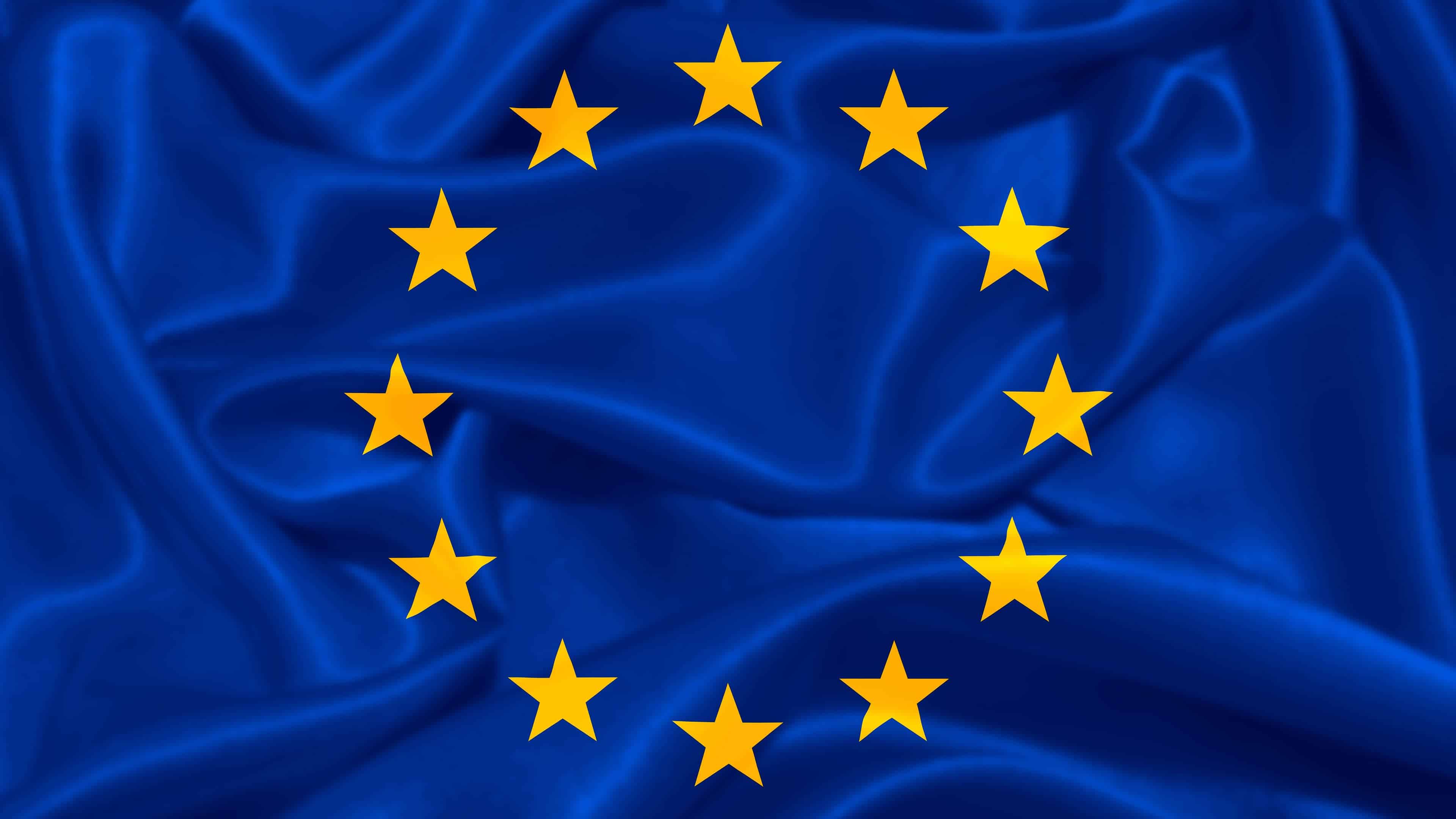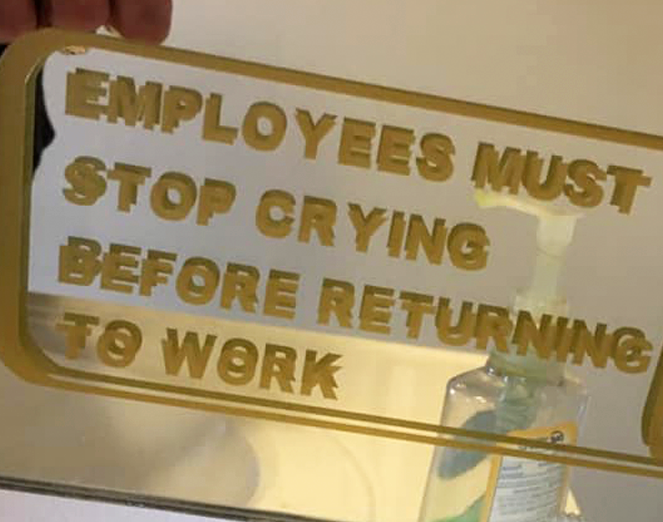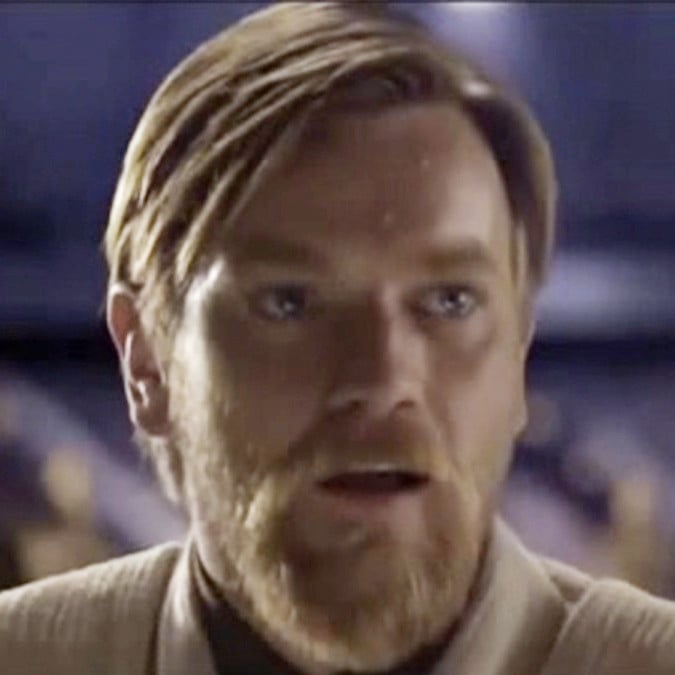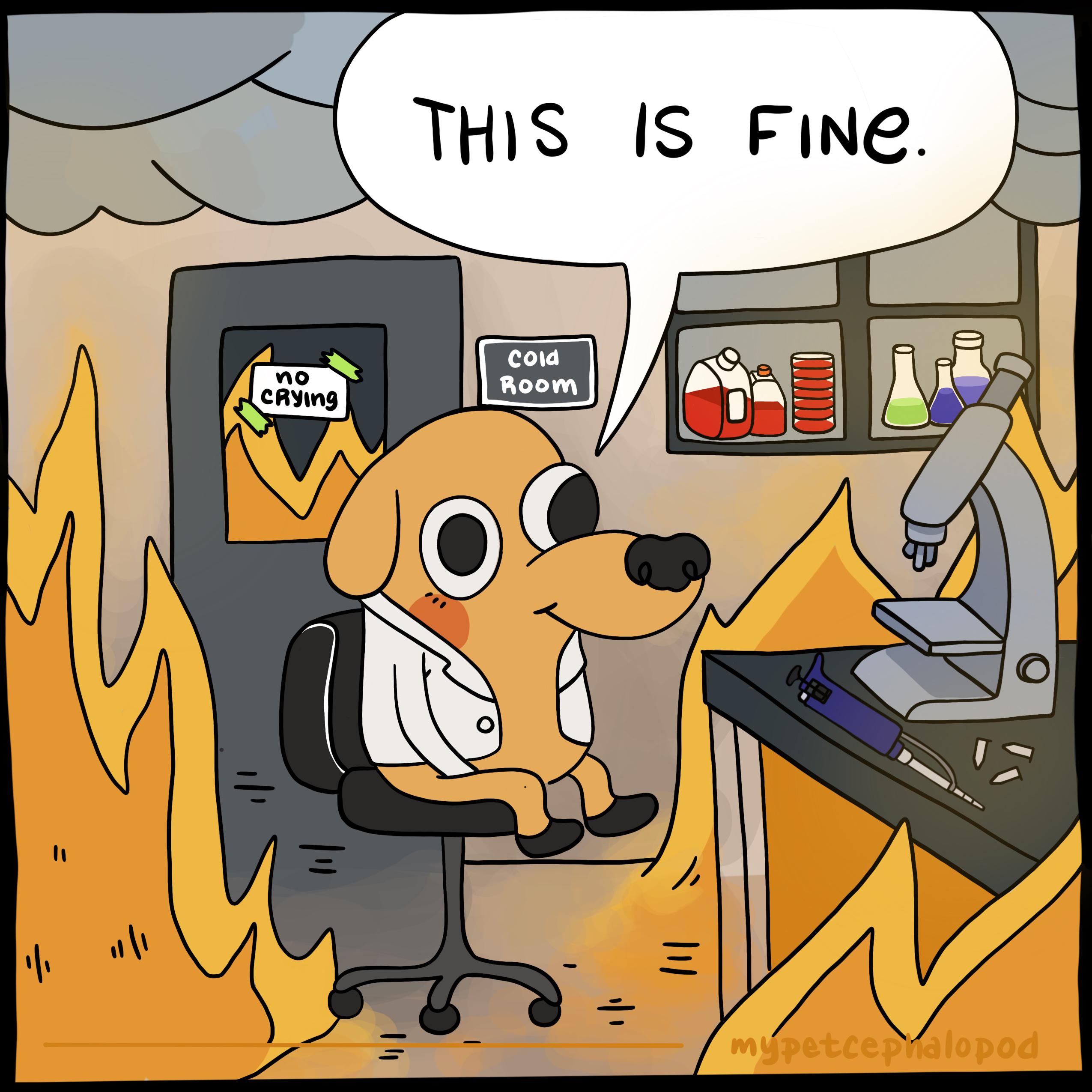

Also, can someone please explain how the fuck we wirelessly transmit electricity
It’s not electricity per se which is transmitted, i.e., electrons which pass through some material (like in cables, or through air when a lightning strikes and the air becomes a plasma through the electric ionization process).
It is radio waves. Electromagnetic waves of a specific spectrum. Like light, WiFi, TV signals (via antenna), Lasers, etc…
It is a form of energy transmission.
There is a whole field about wireless power transfer. One of them some use everyday: wireless inductive chargers for some smartphones or electric toothbrushes. Those rely on the Lorentz force: if you create a varying magnetic field on the one side and have a coil on the other, you can transfer energy. Read up on Lorentz forces and magnetic induction if you want to learn more. Faraday’s law of induction would be another good read.
Regarding the spacey stuff, that’s trickier. Applying Lorentz principles here on such a scale would be extremely inefficient and probably dangerous as you would need to create an enormous magnetic field.
So using focused beams of radio waves has much less losses. Depending on the type of radiation, or wavelength to be more precise, microwaves or even lasers are used for the transmission, whereas microwaves are preferred due to less atmospheric scatterings. They are not allowed be too strong as that would pose several hazards. Instead it has signal strenghts which are safe. To maximize throughput multiple beams could be used.
Important: this is now electromagnetic stuff, not purely magnetic stuff as with the inductive chargers.
So how does this work from source to receiver?
- Source: Sun, emits a shitload of light, other radiation and therby energy.
- Sunwaves hit photovoltaic panels on the satellite.
- Panels generate direct currents by this.
- Direct current gets converted into alternating current (we need this to create electromagnetic beams)
- AC gets formed into beams (electromagnetic waves such as microwaves) and emitted at a specific location on earth.
- On earth some form of antenna receives these beams. Due to the way these antennas work, an electric alternating current is generated. (See dipole antenna for a simple example.)
- This AC needs to go through some transformations to meet some electric specifications to be directly feeded into the elctric grid.
- Alternatively can be transformed into DC again and directly be used, stored in batteries or, depending on the grid, be feeded into that.
Done.
Question, if electricity can be transmitted as a radio signal, why could we generate power here on earth in areas where renewables are super abundant (turbines in the ocean, giant waterfalls, deserts for solar, et cetera) and transmit that around the earth to areas where it’s needed? Why does it have to be in space for this to work?
In theory, we absolutely could do that. This has some practical limitations though which makes it more complicated and less efficient.
Transferring energy on a more “horziontal” way on earth would need to overcome a plethora of obstacles like buildings or mountains. Furthermore such long range transmissions would suffer from a lot more atmospheric scattering, be sensitive to moisture and weather conditions etc. Also, we would need to have large antennas and tightly focused beams which is a big technical challenge and would further loose efficiency, especially over long dictances.
We would also need to guarantee much more “safe corridors” to efficiently transmit without causing harm. And over long distances within the atmosphere the beams must be much stronger to effectively carry enough energy, as much is lost due to scattering, absorption etc…
From space a lot of these difficulties don’t exist or don’t have such a large impact.
On very short distances should be less of a problem.
I can imagine, however, transferring energy into space to a satellite, which then forwards it to another receiver at a very different place on earth. Such relay satellite concepts are also not new as I’ve seen. They’ve just not been made yet. But that’s surely just a question of time. They face further challenges, since at each intermediate power station you have energy losses, but they could provide much more flexibility. I don’t see this as an issue which can’t be overcome.
Sry if this answer isn’t really polished. I tried to convey the most important aspects and am too tired for anything more. Hope this helps.











I don’t tip as well. But I live in a civilised country where everyone gets at least a tolerable minimum wage. No one is paying me extra money just for doing my job. So I won’t either. If they want more, they need to talk to their employer. It’s not my responsibility.
Would I live in the United States of Idiots though, where a severe lack of ethical economic behaviour is observable, I indeed would tip the waiters, as that’s sadly their financial lifeline.